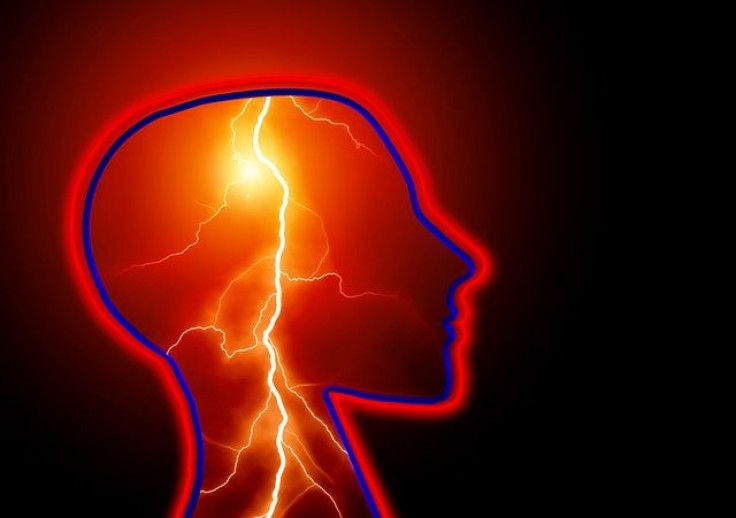Back To Life: New Project Aims To Use Stem Cells, Other Techniques To Reverse 'Irreversible' Brain Death

In a classic case of life imitating art, a U.S. biotech company has taken a page out of Mary Shelley’s Frankenstein and announced its plans to regenerate the brains of brain dead patients by using a combination of stem cells and laser stimulation. While the patients won’t actually be coming back to life in quite the same sense as Frankenstein’s monsters, the feat would be a medical first if completed. The team, which has already been granted ethical permission to test the treatment on 20 brain dead individuals, hopes to see results within the first two to three months.
At the moment, the outlook for brain dead patients isn’t too good. Although being brain dead and being in a vegetative state are often used interchangeably, they aren’t one and the same. The main difference is that those in a vegetative coma could actually make a full recovery, The Atlantic reported. We’ve seen it countless times: “ Man awakes from seven-year coma feeling great. ”
Unfortunately, people don’t wake up from being brain dead. The phrase itself is used to denote a complete and irreversible end to all functions of the entire brain, and this is as serious as it sounds. Although the bodies of some brain dead patients still complete normal bodily functions, such as circulating blood and digesting food, some would argue that being brain dead is synonymous with actually being dead. However, the team at Bioquark Inc and Revita Life Science India. involved in the ReAnima Project believes it may be able to rewrite the medical books and reverse the irreversible.
According to The Telegraph, the ReAnima project wants to regenerate the brains of 20 patients that have been declared dead from a traumatic brain injury in order to test whether or not their central nervous systems can be rebooted. The team is looking to recruit patients who are not candidates for organ donations, whether due to religious or medical reasons.
The planned brain regeneration process is complicated and will involve injecting the brain with stem cells and using lasers and nerve stimulation techniques that have been previously shown to work on coma patients. Afterward, the patients will be monitored for several months as the scientists look for signs of regeneration.
While it's still too early to say how the experiment will go, the team hypothesizes that the stem cells could grow into new brain cells and replace the dead cells in the brain. Although humans cannot naturally repair their nervous system, certain animals such as tadpoles and salamanders can regenerate and repair portions of their brain with stem cells, giving them a second chance at life after trauma.
The team doesn't plan on literally bringing patients back from the dead. But even bringing part of them “back to life” could have important implications. The study may also help them better understand human brain death and potentially lead to new therapeutic treatments for patients in a vegetative coma or even degenerative conditions, such as Alzheimer’s disease and Parkinson’s. According to Dr. Ira Pastor, the CEO of Bioquark Inc., the trial could mark the start of “another step toward the eventual reversal of death in our lifetime,” The Telegraph reported.
"It is a long term vision of ours that a full recovery in such patients is a possibility," Pastor said, "although that is not the focus of this first study — but it is a bridge to that eventuality."



























